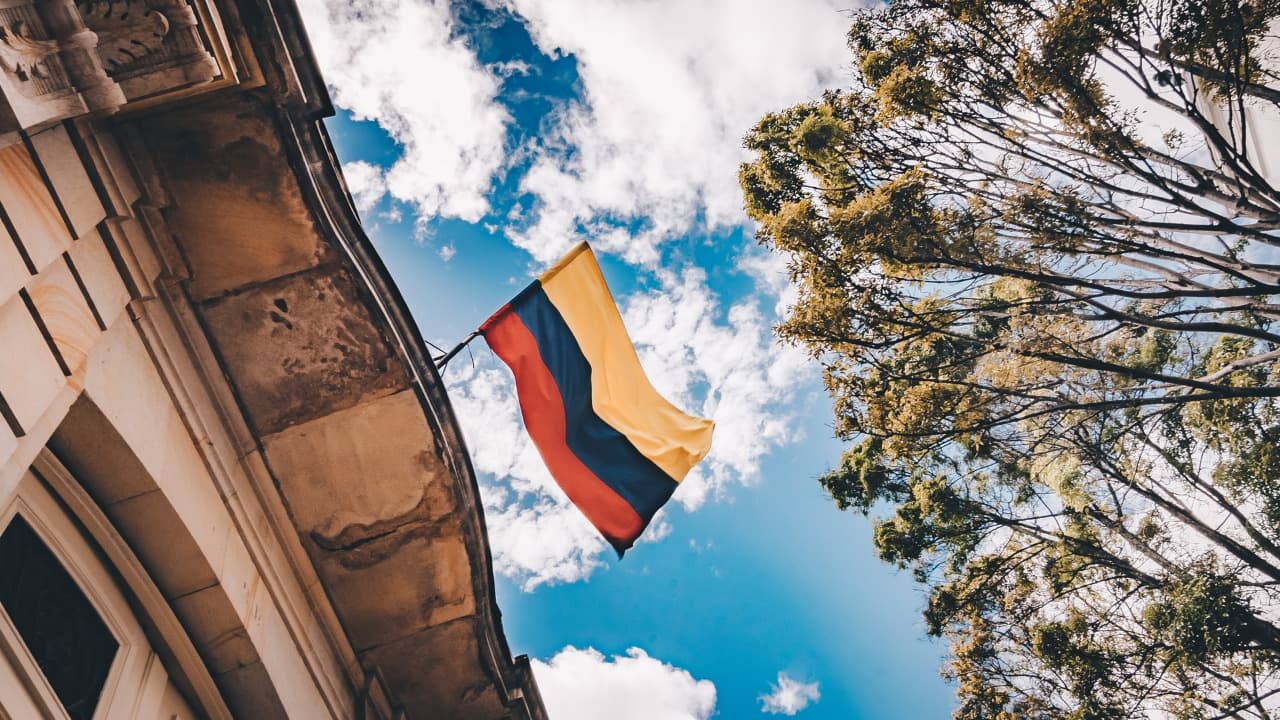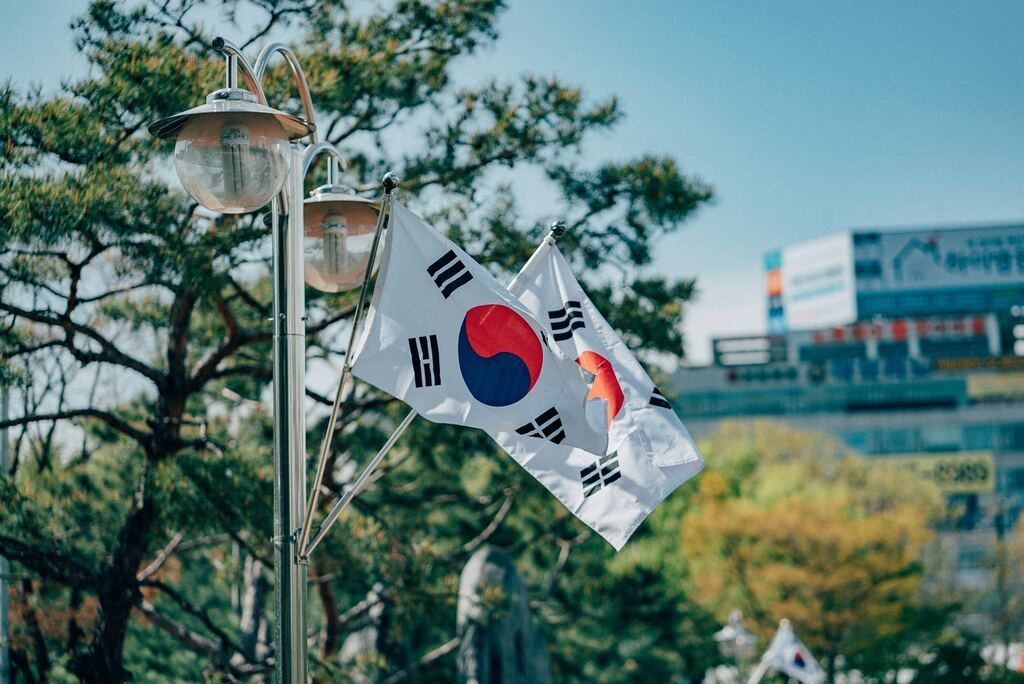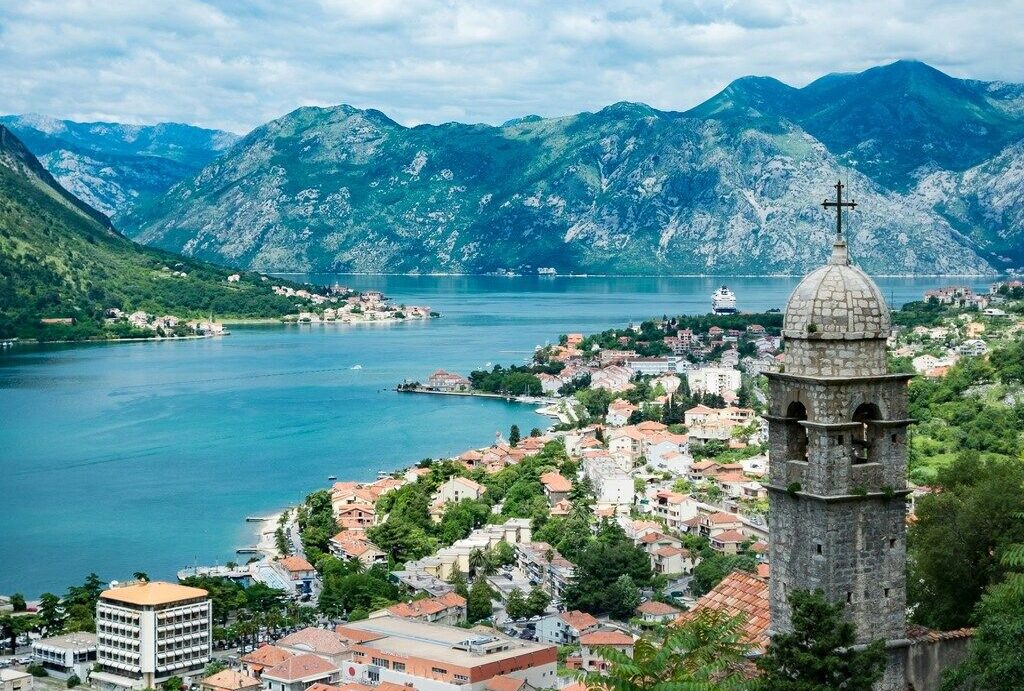

An engaging rhythm, colours that paint smiles and exciting beauty: these are the ingredients of our article on What to see in Colombia.
Do you know that feeling of well-being, in that indefinite period before the alarm clock of a quiet spring Saturday morning? Live the dream, wrapped in a perfect climate, among nature’s colours and feel the peace of a rhythm that inspires brio: this is the atmosphere of a trip to Colombia.
Visiting this country means immersing yourself in the authentic spirit of South America, a melting pot of cultures in a blend of folklore, superstition and spirituality. Getting involved becomes natural, smiles know no boundaries and are the best souvenir to take home. All this exists, and it’s only half a day’s journey away. What should you see in Colombia? Let yourself be inspired! With a backpack on your shoulders, you’re ready to make your dream come true!
Bogota

Just leave the “El Dorado” International Airport to immerse yourself in the atmosphere of Bogotá. That initial feeling might resemble shortness of breath, is it the emotion? No, we are 2,640 metres above sea level, on the plateau that once housed a lake. A smart choice, here, is to have a jacket at hand. The capital city has a strong temperature range between day and night. From winter temperatures to typical spring temperatures, all within the arc of a day.
The sparkling air accompanies the ups and downs of typical architecture. The ancient area speaks of the reconstruction after the earthquake of 1785, but these zones seem to have preserved a time gone by in tha South American atmosphere. What to see in Bogota? It is the ultimate city to lose yourself in. Even if it’s only to rediscover the beauty of minute details. The typical houses with multicoloured façade accompany us to a corner of spiritual Colombia, the Catedral de Sal of Zipaquira. This is a meeting place between a salt mine and the locality’s deep Catholic cult. It will only trigger a deep evocation.
But South America is also the land of opportunity and one of the places that have fuelled the gold fever, so Bogotá offers its visitors a place like the Gold Museum. Inside, among precious rooms and artefacts prior to the discovery of the Americas, you can also discover how the pre-Columbian populations worked this metal.
We leave Bogota with a visit to the Botero Museum, which was born with a substantial donation of works that the Colombian artist donated to the Republic. In this central museum located in Calle 11, you will not only find works by the Medellin-born artist, but also by Picasso, Renoir and Dali.
Medellin
If you haven’t missed a single moment of Narcos, this destination could surprise you, and yet we couldn’t help putting it on our list of things to see in Colombia. The capital of the department of Antioquia is also famous for its gruesome history but greets us with the charm of the people’s rebirth from whom we have much to learn. It is also one of the cities with the best climate: the maximum temperature is around 27-28°, while the minimum never falls below 18°.
If you’re wondering about what to see in Medellin, the first watchword is Botero. Yes, because although the Botero Museum is located in Bogotá, the artist comes from this city and has donated some of his best sculptures to his hometown. Plaza Botero (unsurprisingly) is where you can admire some of the artist’s most famous works. Strolling through the Rapture of Europe and stopping to take a selfie with Adam and Eve, here the art of sinuosity acquires the dimension of reality.

You can easily reach it by bus or metro, perhaps before the stop at Comuna 13. The murals have profoundly changed the fate of what was considered one of the most off-limits neighbourhoods in the world. It’s not about art, graffiti is about turning inequalities upside down to give free rein to change. You won’t find it on all the guides, but to really get to know Colombia, it is one of those unmissable places.
From Cabo de La Vela to Cartagena
Where the Guajira peninsula opens to the Gulf of Venezuela, there is perhaps the least mainstream corner of Colombia. The charm of the tropical beaches appeals to most and is a reason to enjoy what the coast to the North East has to offer.
Cabo de la Vela
Cabo de La Vela is more like a mirage than a reality. It is a corner of the planet where the colours of nature blend with those of the bamboo village huts where time seems to have been lost. A short distance from the Guajira desert – yes, bang in the middle of the places that Gabriel Garcia Marquez made us dream of – Santa Marta is the centre that reveals Colombia’s oldest soul. If we were to suggest a single thing to see in Colombia, then the authentic charm of these places would be that spot. Donning a backpack, a tour of the market is one way to experience the centre more as guests than as tourists.
Barranquilla
As well as being the birthplace of pop star Shakira, Barranquilla‘s sparkling claim to fame is being the second Carnival of Latin America after the one in Rio de Janeiro. It is celebrated during the four days preceding Ash Wednesday, but if you are passing through this city in another period do not be afraid! Between huge beaches and one of the best movida in all of South America, you won’t be bored.
Cartagena de Indias
Cartagena de Indias is the last of the big cities we recommend you see. The typical architecture that combines with tall skyscrapers creates a memorable contrast, while the murals of the Gethsemane district seem to draw a line of continuity with the other previously described cities. The must-see is the Old Town, a UNESCO World Heritage Site surrounded by walls, where we suggest you visit Plaza Aduana, Torre del Reloj and Plaza Santo Domingo. Several tours will take you around the old town, so don’t be shy and join a group.

We close our section on Cartagena by suggesting you also enjoy the beaches. Playa Grande or Bocagrande will surprise you with their warm Caribbean waters.
From the nature of Pereira to the coffee of Salento
The country is such a container of things to discover that describing it in words may not be enough. This is one of the main points to keep in mind when thinking about what to see in Colombia. That said, at this point, it’s time to take a break from the metropolises and start thinking about nature and pristine places.
For this reason, we want to accompany you to Pereira to enjoy the charm of nature of the El Cedral eco-park, which is also one of the points of the union of the coffee triangle. Let yourself be enveloped by the ancestral rhythms and admire waterfalls, as well as enjoy the time sipping a real coffee, here is what to do in this corner of Colombia.

Risaralda, Caldas and Quindio are the departments that produce authentic Colombian coffee. These are the places to be rediscovered: mild temperatures, thermal waters, amazing people and spectacular scenery. These ingredients blend perfectly with Salento. If you have ever visited Salento in the Apulia region in southern Italy, you might get a flashback, but here we are talking about a tiny village completely surrounded by coffee plantations.
No matter how small Salento is, it is the only relevant town in the area and if you pass through it will be inevitable to visit it. Between a bachata step and a sip of coffee, nature meets the rhythm of the authentic life of the growers here. If you are in the area, do not forget to visit the Mirador, for a beautiful view of the town and eat a Trucha, a salmon trout, the area’s typical dish!
Valle del Cocora
It’s well-established that the spirit of the real WeRoaders is never fear dust or distance. In the middle of the Andean landscape and a stop not to be missed – if you go to Salento – the Cocora Valley is one of the few places in the world where you can admire the giant wax palms up close. You can feel really small in front of plants towering up to 70 metres in height. But this is not the only reason why we include this area among the things to see in Colombia. Here you will find a landscape with lush nature, in some ways similar to an alpine forest, but with very different vegetation.

It is the air of mystery and dreams that embraces us, an all-Colombian atmosphere. The climate here mainly depends on the rains, which are frequent in this area and alternate quickly with sunny days. The best months are the winter ones, from December to March and the heart of summer, from July to August, the driest period. As mentioned, however, remember that the entire area is notably famous for its unpredictable climate. Whichever period you go, you’ll get the feeling of being in direct contact with Mother Earth.
Amazonia with Leticia
What is a trip without the right dose of adventure? A tour of the Amazon rainforest, here’s one thing to do in Colombia. Here we are at the crossing of the border with Brazil and Peru, only accessible by boat or plane. Nature is the real centrepiece on Isla de Los Monos – the island of the monkeys – where the cute animals are quite used to the presence of man but it is better to avoid feeding them.

An interesting alternative is Puerto Nariño, where you can experience the slow side of the Amazonian scenery. Here Colombia unleashes its colours, sounds and sensations of its crazy nature to the fullest. Arriving armed with mosquito spray is a must since the climate is the equatorial forest kind. The Amazon forest is one of the most fascinating answers to the question of what to see in Colombia.
Calì
This is a city that fires on all cylinders, here everything seems marked by the rhythm of the Salsa. The dance and the citizens’ attitude create one of the warmest atmospheres. This is the most fun answer to the question about what to see in Colombia.
The full name of the city would be Santiago de Calì, and it is the third largest city by the number of inhabitants. The first place that you have to focus on arriving in the city is the Museo de La Merced, whose headquarters are in the homonymous former convent, which among many things is the oldest building in Cali.
Then we recommend a walk along the Boulevard del Rio (simply written Bulevar) to enjoy the architecture of La Ermita, the church next to Plaza del los Poetas. This building is actually more recent than it might seem, as it was completed in 1942, in place of the original 17th-century church, which was destroyed in the 1925 earthquake.
But as we have already said, Calì is mainly fiesta. To recall the atmosphere of Rio de Janeiro, Cristo Rei is here on a smaller scale but accompanied by an urban panorama that conquers you. Gastronomy is authentic at Valle del Cauca. Culinary Colombia is located right here. Between pan de bono, empanadas with aji, chuleta valluna and marranitas you can indulge in a real tour of the gastronomic culture.

Beaches of Colombia: A Caribbean Sea
Experience Colombia and not enjoy the fabulous beaches bathed by the Caribbean Sea? It’s like missing out on the thrill of Andy Murray ending a77 years of hurt when he won Wimbledon in 2012. Leave your worries at the office and take the first plane to the Caribbean, how many times have we echoed that notion? Santa Cruz del Islote could be one of those islets where we dream of living a life at the slow pace of fishing for lobsters and ripe corals.

Nevertheless, Isla Mucura is the answer in terms of relaxation to the query on what to see in Colombia. Actually, more than to see, it is the place to live: a coral island lined with palm trees, pristine beaches and a fabulous sea. If we were to choose the snorkelling paradise, the Rosary Islands would be absolute winners: it is impossible to resist the temptation to swim among the colours of tropical fish and unspoilt nature. Here the problem is resisting the desire to stay.
When to go to Colombia?
Colombia’s climate ranges from tropical to icy, ranging from the ivory-coloured beaches of the coast to the Andes peaks well beyond the 5,000 metres mark. Rainfall is abundant in the Pacific area from April to October. On the other hand, the Caribbean coast is rainier between September and October. The ideal window is between December and February but also March, July and August offer only sporadic rains.
The WeRoad stages to discover Colombia
When Colombia calls, the real WeRoaders are ready to go. So get ready with comfortable shoes, a swimsuit and plenty of layers. Here you can find details of the dates and everything you need.
Some pre-flight info
Before departure, here are some details to remember:
- the time zone is GMT -5.00 – or six with daylight saving time -;
- the country code for Colombia is +57;
- you need a passport valid for at least another six months;
- the language is Spanish and the currency is Peso (COP);
- check the Covid-19 ministerial safety instructions for Colombia.



